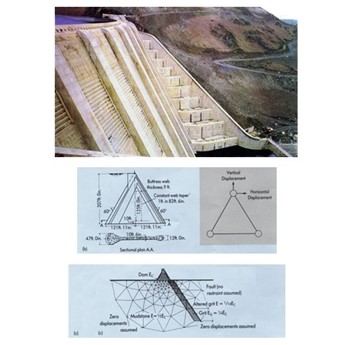The Finite Element Method (FEM) is a powerful engineering and scientific technique used to understand how structures and systems respond to various conditions like forces, heat, or movement. It's a bit like solving a puzzle made up of smaller pieces to understand the bigger picture.
In essence, FEM breaks down complex structures into smaller components called "elements." These elements are like tiny building blocks, and by understanding how each one behaves under different conditions, we can predict how the entire structure will react.
This method involves using mathematical equations to describe the behavior of each element and how they interact with each other. Computers then analyze these equations to simulate how the entire system behaves when subjected to different forces or changes.
By employing FEM, engineers and scientists can simulate and optimize designs, ensuring they are sturdy, safe, and efficient before actually building them. It's a highly effective way to study and predict the behavior of complex systems, aiding in the development of safer and more robust structures and devices.
Finite Element Method and Swansea University
Professor Olgierd Cecil Zienkiewicz (1921-2009), known as ‘Olek’, is internationally recognised as one of the three pioneering developers of the Finite Element Method (FEM) - the others being John Argyris and Ray Clough.
Professor Zienkiewicz became the Professor of Civil Engineering at Swansea University in 1961, shortly after his arrival he accepted for a PhD, a young Chinese student, Y. K. Cheung who was to work under Professor Zienkiewicz’s guidance on the first finite element research at Swansea and to collaborate on the first edition of the now-classic treatise, The Finite Element Method.
His enthusiasm and hard work led to new generations of computational researchers in Swansea and elsewhere. Professor Lewis FREng, Professor Morgan FREng and the late Professor Owen FRS, FREng were among the early members of Swansea’s increasingly innovative and famous Civil Engineering Department.
As the influence of computational science expanded, computational researchers from different engineering disciplines, including former Heads Professor Bonet, Professor Morgan, Professor Hassan and Professor Nithiarasu, assembled together to form a Civil and Computational Engineering Centre. In 2022, as part of the new Faculty of Science and Engineering, the Zienkiewicz Institute was created to support computational modelling across the technical disciplines, recognising the original wide vision of modelling, and the new AI computational methods that are transforming our relation with data.



